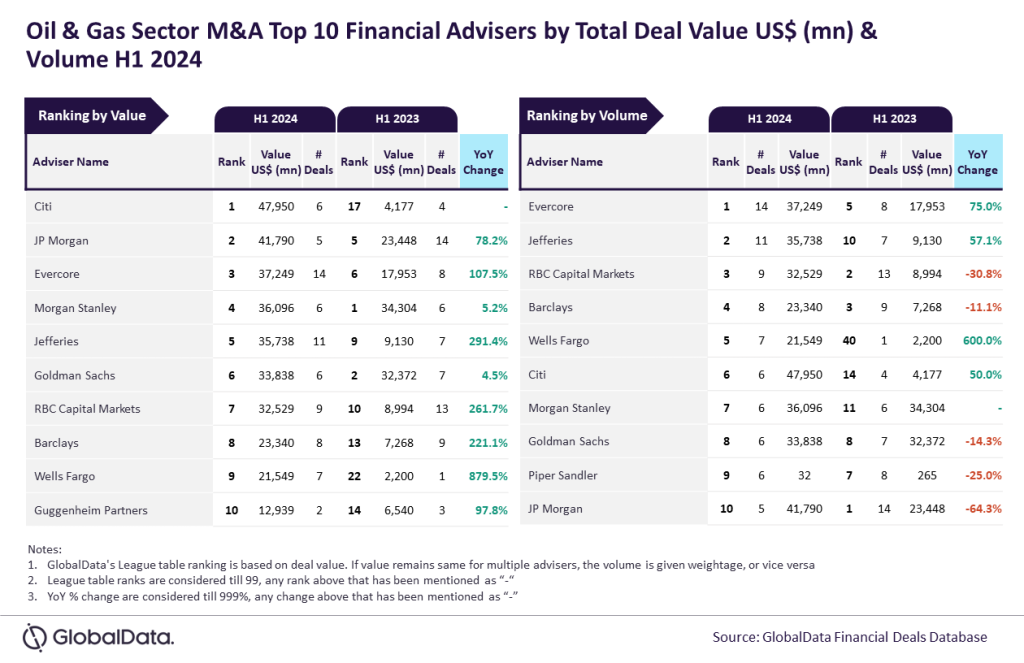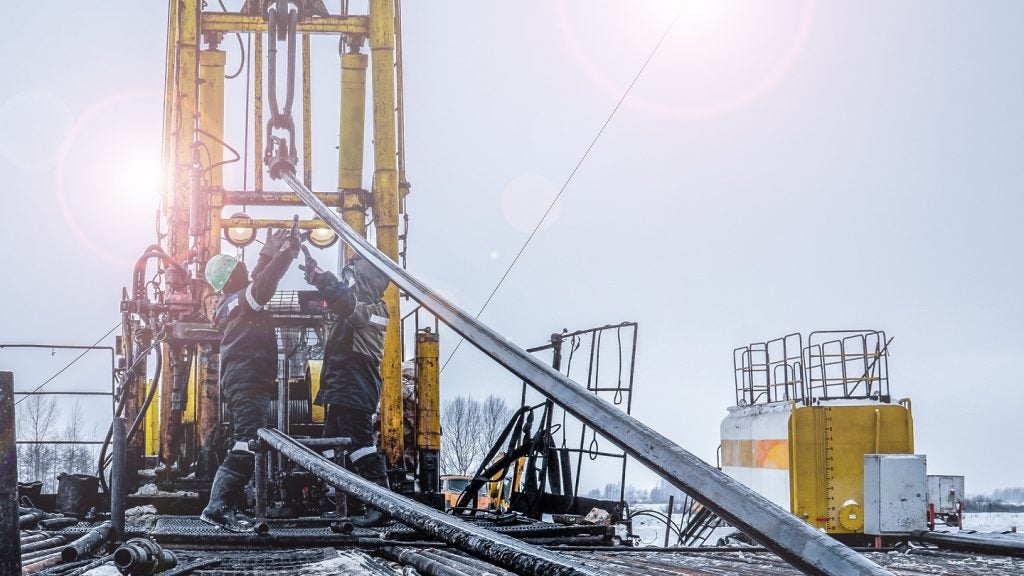Anticlinal Aguada Bandera is a producing conventional oil field located onshore Argentina and is operated by Quintana E&P Argentina. According to GlobalData, who tracks more than 34,000 active and developing oil and gas fields worldwide, the field is located in block Anticlinal Aguada Bandera. Buy the profile here.
Field participation details
The field is owned by Conipa S.A.C.I.C.F.Y M, Fomicruz, Ingenieria Alpa, Quintana E&P Argentina and Rio DE La Plata.
Production from Anticlinal Aguada Bandera
The Anticlinal Aguada Bandera conventional oil field recovered 33.74% of its total recoverable reserves, with peak production expected in 2024. Based on economic assumptions, production will continue until the field reaches its economic limit in 2064.
About Quintana E&P Argentina
Quintana E&P Argentina SRL (QEPA) is a petroleum exploration company. The company operates in the business of exploration and production of hydrocarbon fields. Its operated areas are located in the north of the Province of Santa Cruz, on the southeast and west margins of the San Jorge Gulf Basin. The company manages Petro Andina Resources Inc (PAR) that explores the edge of the Neuquen basin, which discovers 500 million barrels in situ, drills 750 wells and reaching a peak of 5000 cubic meter per day. QEPA is headquartered in Buenos Aires, Argentina.
For more details on the Anticlinal Aguada Bandera Conventional Oil Field, buy the profile here.
Data Insights
From

The gold standard of business intelligence.
Blending expert knowledge with cutting-edge technology, GlobalData’s unrivalled proprietary data will enable you to decode what’s happening in your market. You can make better informed decisions and gain a future-proof advantage over your competitors.






